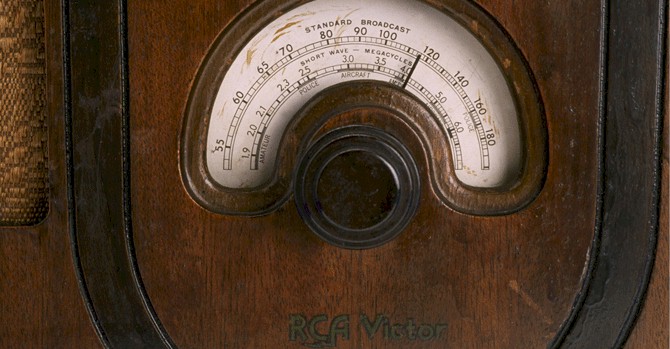
© 2015 50plus Senior News, All rights reserved.
The Search for Our Ancestry: The 1930 Census
Angelo Coniglio | Aug 3, 2012, 6 a.m.

Last time, I covered the 1940 U.S. census. I have, in an earlier column, also discussed the 1920 U.S. census. This month, I want to cover the intermediate one, the 1930 U.S. census. I’ll continue this discussion into next month, as well.
The 1930 census had some basic information consistent with others that were taken since the first one in 1790. This included surname or family name, gender, and address. Some of the other questions were unique, and responses to them can be valuable in finding further information about the family.
For example, there is a column headed “Relation – Relationship of this person to the head of the family.” This may be answered “head,” “wife,” “son,” or “daughter” but also may contain other descriptions.
The surname of the wife is usually not shown, or it may be written in as the same as the husband (or late husband). However, if the name of a mother-in-law or other in-law of the male head is given, that surname could also be the maiden name of the wife.
If the “Relation” column shows stepson or stepdaughter, that obviously indicates that the “head” had been previously married. If the stepchild’s surname is different than that of the head, that’s a clue to the child’s natural father’s name. A person may be identified as a “boarder,” meaning the family augmented their income by renting space in the home.
Next is a column headed “Home Data,” containing four sub-columns: “Home owned or rented,” filled in with an O or an R; “Value of home, if owned, or monthly rent, if rented,” filled in with a dollar amount; “Radio set,” filled in with an R if the family had a radio, left blank if they didn’t; and “Does this family live on a farm?”
The answers not only tell something about the financial status of the family, but if the property was owned, it may also be possible to find land or probate records that further elucidate the family’s life or give names of relatives not living with the family at the time of the census.
As an aside to the “radio set” question: On the 1930 census page where my family appears, there were seven households. Only one (not my parents’) had a radio. The question was designed to measure the extent of the nation’s leap into new home-appliance technology. According to the 1930 census, the total U.S. population at the time was 122,775,046, and only12 million people, or less than 10 percent, had access to radios.
Under “Personal Description,” in addition to “Sex” and “Color or race,” was the sub-column “Age at last birthday.” Take this into consideration when calculating a birth year. For example, the census was taken on April 12. My father’s age was given as 40, but his birth year was not necessarily “1930 minus 40 equals 1890.” He may not have yet reached his 41st birthday on April 12. Other information confirms this, as he was born on April 26, 1889.
Under “Education,” the census asked whether the person had attended school or college since September 1929, and whether he or she was able to read and write.
The “Place of Birth” columns are headed
“Person,” “Father,” and “Mother,” with the
description “Place of birth of each person
enumerated and of his or her parents. If
born in the United States, give State or
Territory. If of foreign birth, give country
in which birthplace is now situated.
Distinguish Canada-French from
Canada-English, and Irish Free State from
Northern Island.”
Usually, only the country or state is given;
however, sometimes the name of a city or
county is given. Don’t overlook the part
about “country in which birthplace is now
situated.” National boundaries in Europe
were anything but fixed during this time,
so, for example, a place may have been
called Prussia when a person was born in
1890 but Germany in 1930.
Next time, I’ll discuss the remainder of the 1930 census questions and explain how to interpret the information to uncover other information about ancestors.
|
Write to Angelo at genealogytips@aol.com or visit his
website, www.bit.ly/AFCGen.
He is the author of the book The Lady of the Wheel (La Ruotaia), based on his genealogical research of Sicilian foundlings. For more information, see www.bit.ly/SicilianStory. |





